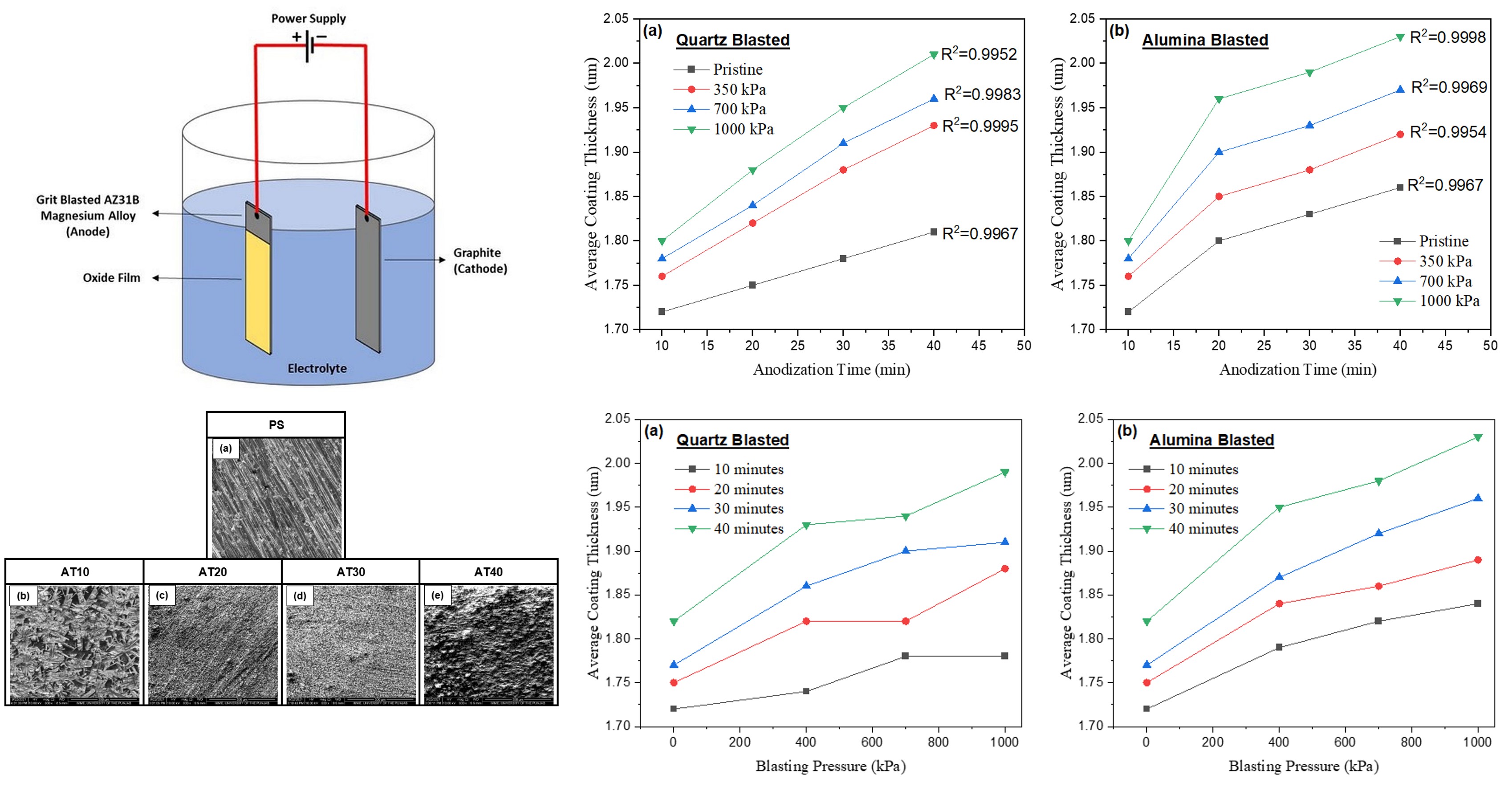Sat, Apr 5, 2025
[Archive]
Volume 21, Issue 3 (September 2024)
IJMSE 2024, 21(3): 1-15 |
Back to browse issues page
Download citation:
BibTeX | RIS | EndNote | Medlars | ProCite | Reference Manager | RefWorks
Send citation to:



BibTeX | RIS | EndNote | Medlars | ProCite | Reference Manager | RefWorks
Send citation to:
Hussain F, Manzoor M U, Kamran M, Ahmad T, Riaz F, Mukhtar S, et al . Optimizing Biocompatibility of Mg-AZ31B Alloy Through Varied Surface Roughness and Anodization Time. IJMSE 2024; 21 (3) :1-15
URL: http://ijmse.iust.ac.ir/article-1-3669-en.html
URL: http://ijmse.iust.ac.ir/article-1-3669-en.html
Faraz Hussain 
 , Muhammad Umar Manzoor
, Muhammad Umar Manzoor 
 , Muhammad Kamran
, Muhammad Kamran 
 , Tahir Ahmad
, Tahir Ahmad 
 , Fahad Riaz
, Fahad Riaz 
 , Sehrish Mukhtar
, Sehrish Mukhtar 
 , Hafiz Muhammad Rehan Tariq
, Hafiz Muhammad Rehan Tariq 
 , Muhammad Ishtiaq
, Muhammad Ishtiaq 


 , Muhammad Umar Manzoor
, Muhammad Umar Manzoor 
 , Muhammad Kamran
, Muhammad Kamran 
 , Tahir Ahmad
, Tahir Ahmad 
 , Fahad Riaz
, Fahad Riaz 
 , Sehrish Mukhtar
, Sehrish Mukhtar 
 , Hafiz Muhammad Rehan Tariq
, Hafiz Muhammad Rehan Tariq 
 , Muhammad Ishtiaq
, Muhammad Ishtiaq 

Abstract: (7533 Views)
Magnesium alloys are increasingly valued for biomedical applications due to their biocompatibility. This study investigates Mg-AZ31B alloy samples treated with quartz and alumina grits (<200 μm) at varied pressures, followed by anodization in an eco-friendly alkaline electrolyte. The results show that increased blasting pressure produces a rougher surface. Anodization time significantly affects the thickness of the anodic film, leading to a transition in surface morphology from fine to coarse structures with complete film coverage. Characterization by XRD reveals that the anodic film mainly comprises magnesium oxide and hydroxide phases. Open Circuit Potential (OCP) measurements demonstrate enhanced corrosion resistance post-anodization, particularly notable at 40 minutes on alumina-blasted samples. ANOVA confirms that both blasting pressure and anodization time significantly influence coating thickness and OCP, indicating the formation of a dense anodized layer.
Type of Study: Research Paper |
Subject:
Coatings and Corrosion Phenomenon
Send email to the article author
| Rights and permissions | |
 |
This work is licensed under a Creative Commons Attribution-NonCommercial 4.0 International License. |






